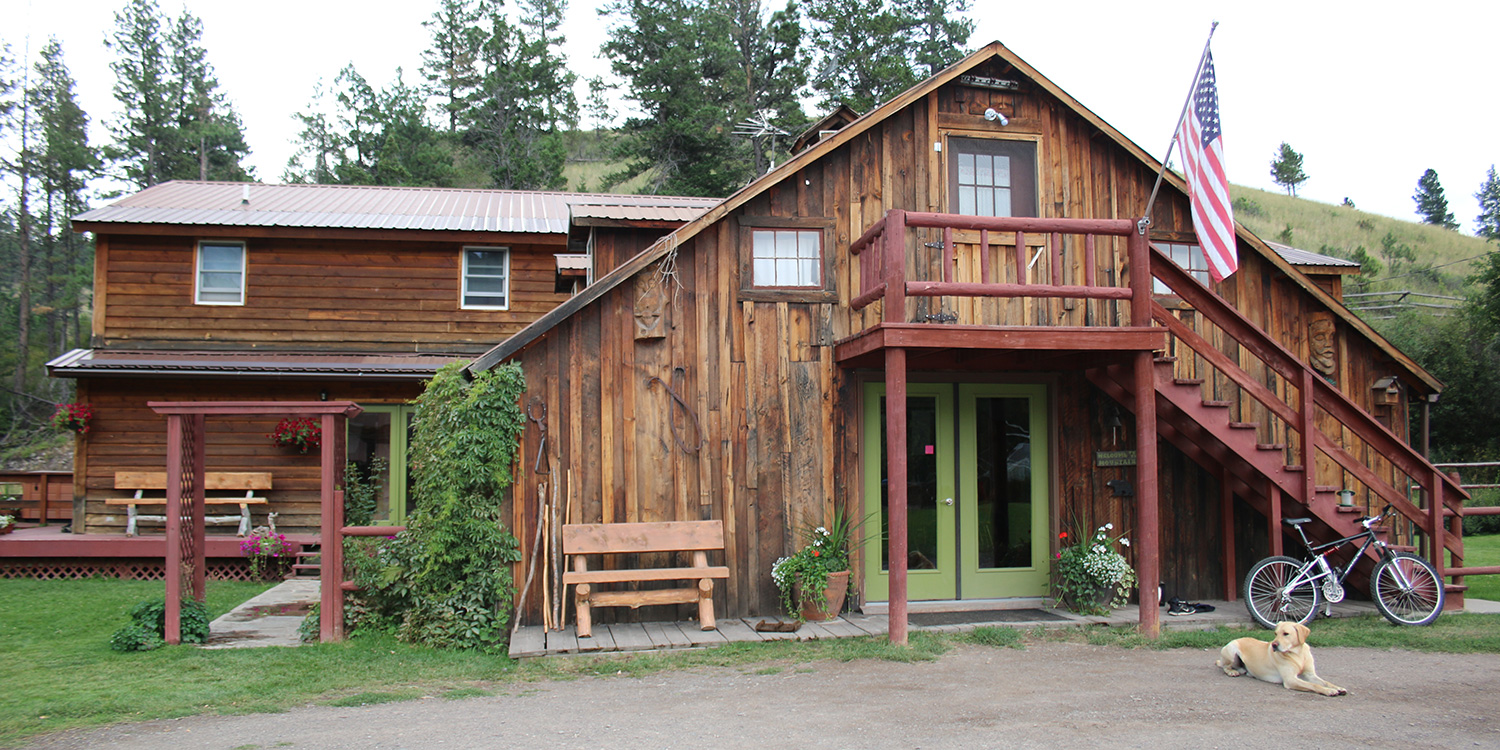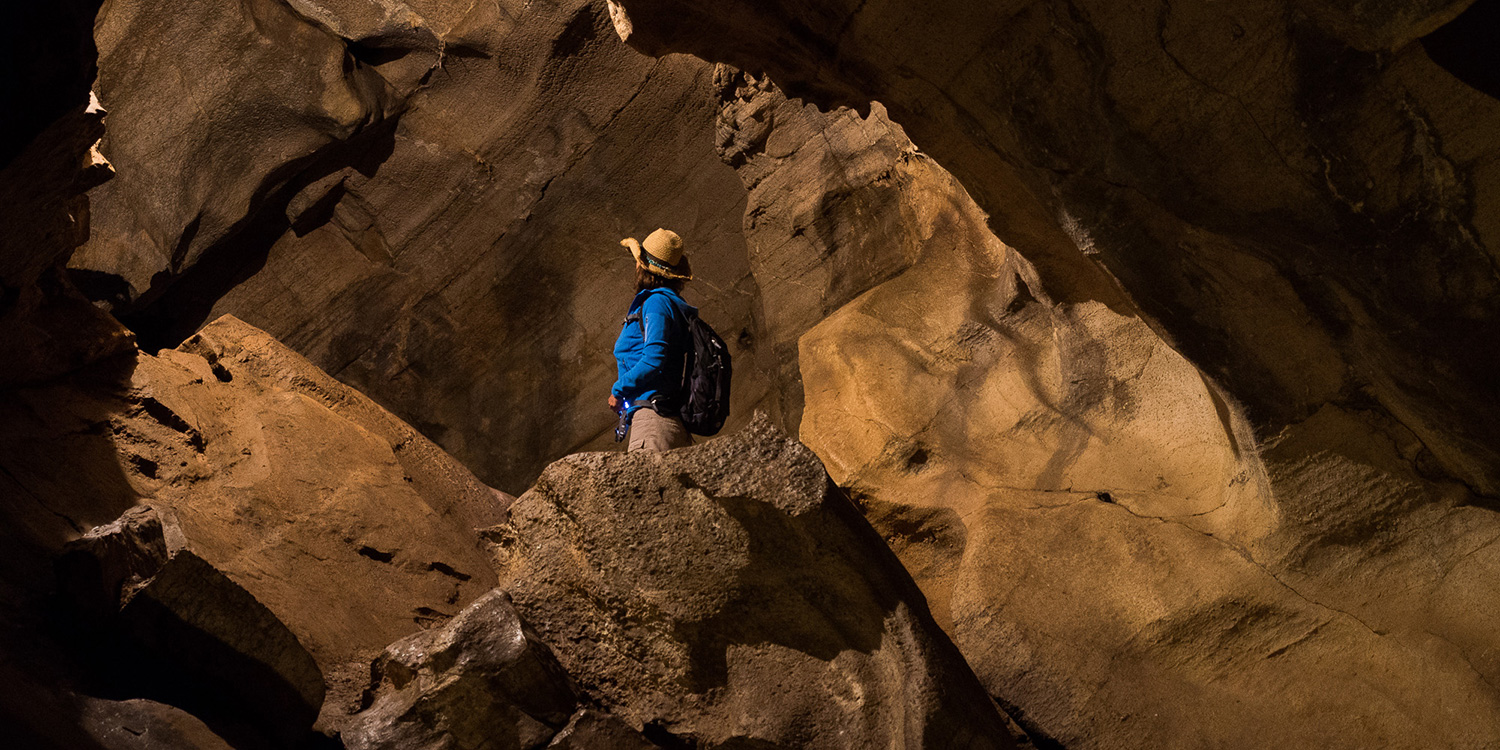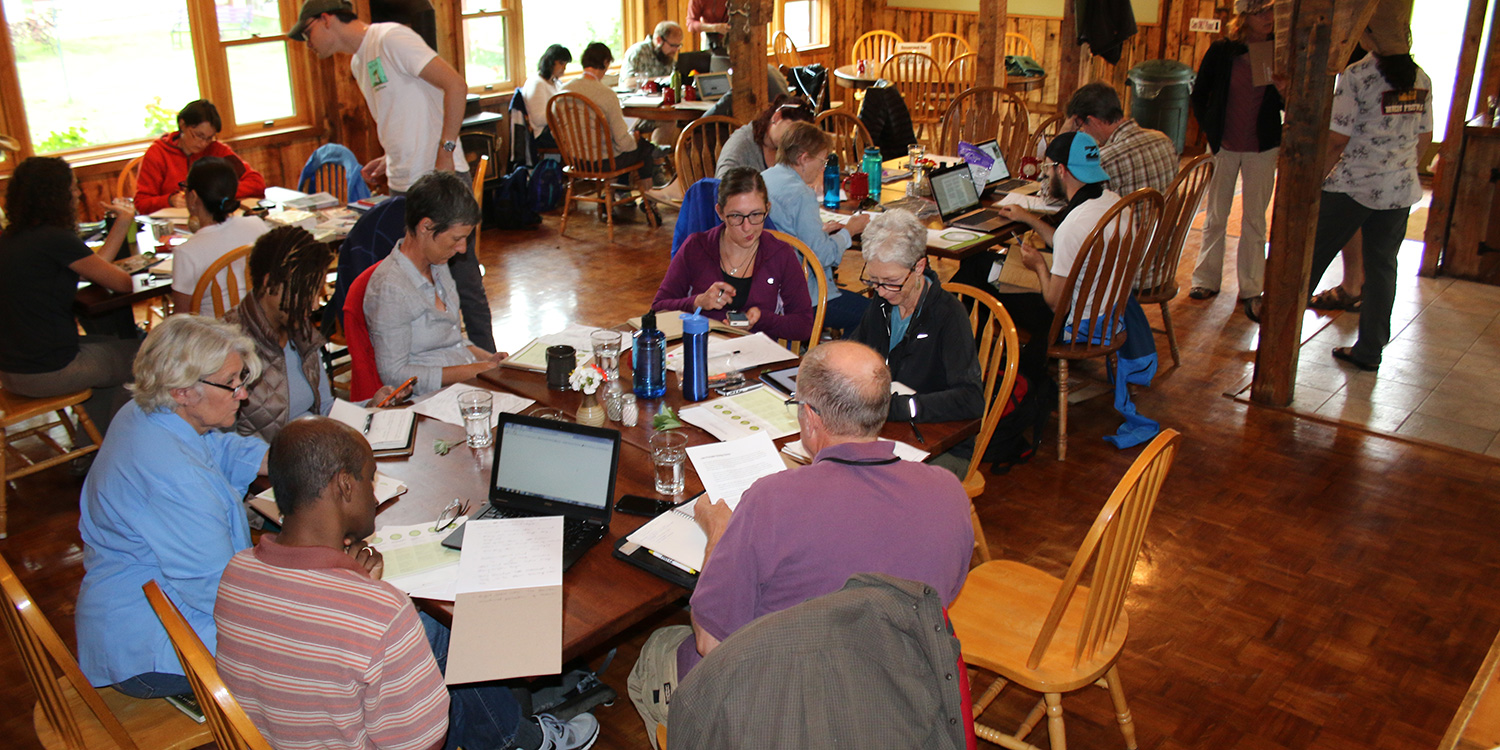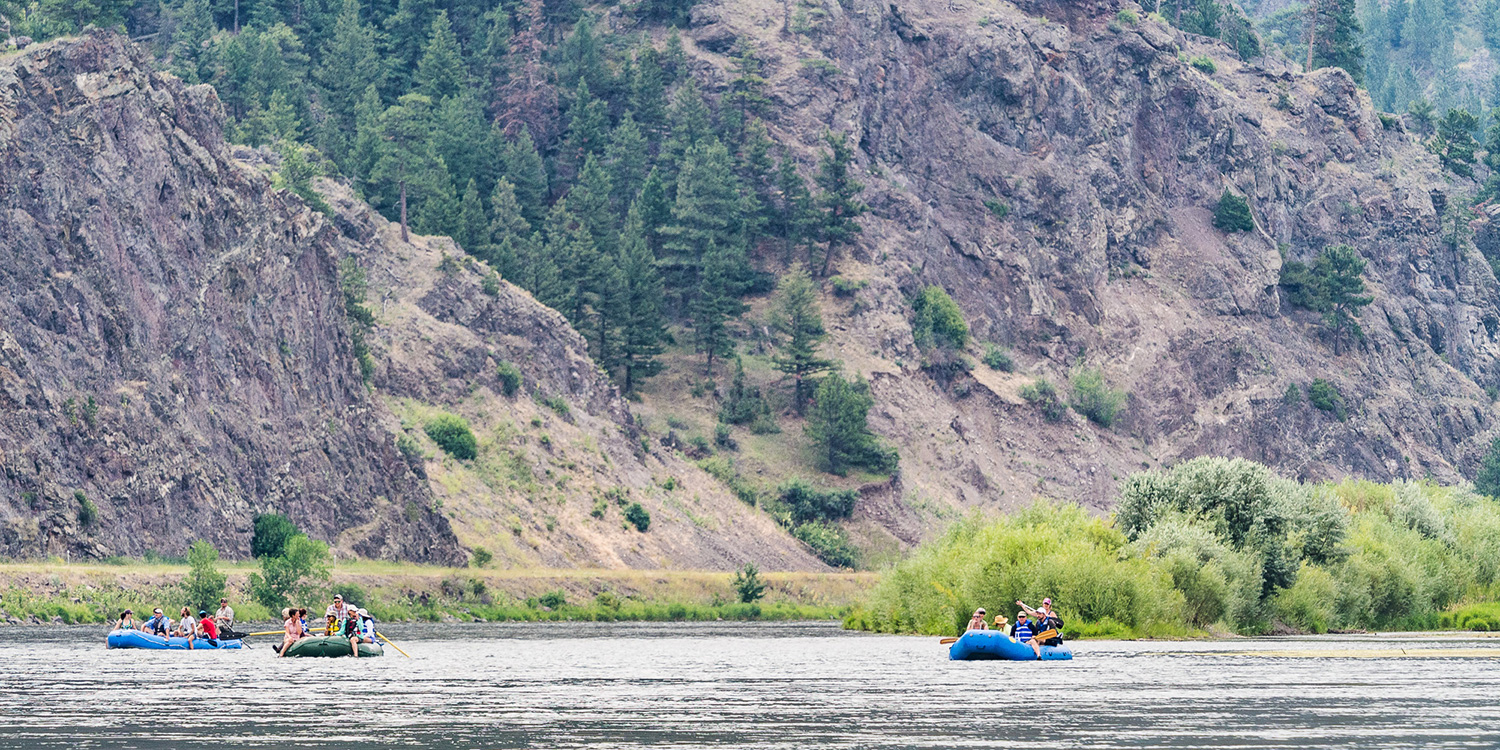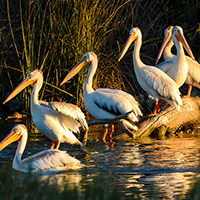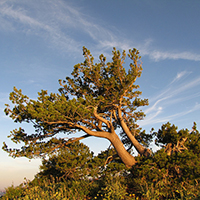What To Expect
Every immersion workshop is tailored to the local ecosystem, ensuring each day is brimming with content and exploration. You should plan to clear your agenda and fully immerse yourself in the biomimicry experience! From our homebase of the Blacktail ranch in central Montana, we’ll visit the sweeping Rocky Mountain Front and expansive conifer forests. We’ll be mentored by bald eagles and rainbow trout as we float the Missouri River and explore Ice Age caves as we reflect on the endurance of nature’s genius.
PREVIEW AGENDA×DISCOVER NATURE'S GENIUS
What can you expect to experience while you Discover Nature’s Genius in Montana? Here’s a preview of what each day will include:
Day 1: Meet the group at the Helena Airport for a 4 p.m. shuttle to the Blacktail Ranch. Settle in at the ranch and spend the evening getting oriented to biological wonders of the Rocky Mountain Front while getting to know your fellow participants.
Day 2: Dig into the biomimicry tools for discovering nature and bridging from biology to design. Begin honing your observation skills during exploration of the conifer forest. We’ll also explore an Ice Age cave for lessons on endurance. You’ll begin to link biological strategies to design challenges in your field.
Day 3: Explore three levels of mimicry as we float down the Missouri River, spotting for bald eagles, bighorn sheep, and rainbow trout. Regroup back at the the ranch and discuss how nature’s solutions responded to the contexts we’ve seen. After dinner, you’ll work in teams to apply today’s lessons.
Day 4: Explore life’s resilience strategies in quaking aspen stands while connecting with Life’s Principles, a Biomimicry 3.8 tool that summarizes the rules for how life survives and thrives on Earth, and how our designs might too. Spend the evening sharing your team’s design ideas inspired by the day’s discoveries.
Day 5: New lessons await as we explore a prairie and discuss the dynamics of change in nature. After lunch, spend the rest of the day on a continued journey of discovery into your selected biological phenomena and share with the group what you’ve learned and what ideas it has inspired. Give thanks to the wisdom found in this rich biome and celebrate the final evening of the workshop with the group!
Day 6: During the final morning at Blacktail Ranch, we'll hear presentations from each of the teams, demonstrating how inspiration from nature led to a new design. The shuttle will depart Blacktail Ranch after lunch for a 3:00 pm drop off at the Helena Airport.
Instructors
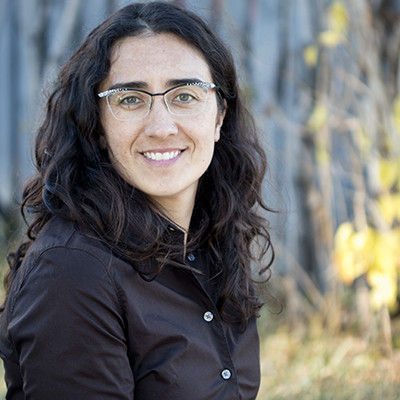
Jamie Dwyer–Biomimicry 3.8 Principal, Design & Research
Biomimicry provides the perfect opportunity to fuse Jamie’s seemingly divergent interest in the fields of biology and architectural design. Her work for Biomimicry 3.8 is is often focused on integrating biomimicry in the built environment, from uncovering local biological champions as inspiration for place-based design to working towards creating factories that provide ecosystem services like a forest. Jamie has also led innovative research efforts in product design and social innovation. Working with companies such as HOK, BNIM, Interface, and Kimberly-Clark, Jamie has managed projects, led research and inspired many designers. Jamie has led dozens of budding biomimics through the biomimicry design process as well as through ecosystems around the world during past biomimicry workshops.
Erin Rovalo–Biomimicry 3.8 Senior Principal, Designer
Drawing from an architectural design background, Erin Rovalo now weaves biomimicry into her design thinking expertise, which has allowed her to cultivate a distinctly innovative approach to finding sustainable solutions to a wider range of design sectors and challenges, such as packaging design and organizational development. For the past 7 years, Erin has successfully managed biomimicry innovation initiatives for Natura, Estee Lauder, Lone Meadow, Interface, and Burt’s Bees. Erin teaches Biomimicry & Design and iSites: Biomimetic Nature Journaling in the accredited MSc Biomimicry program at ASU and has supported the training of over 150 Biomimicry 3.8 certification alumni. Erin is a PhD researcher at Loughborough Design School investigating the use of prototyping in the biomimicry ideation process.
Pricing
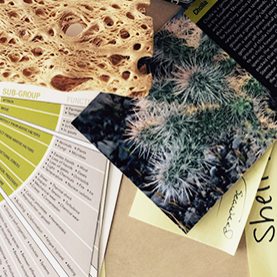
The all-inclusive price for the workshop includes delicious, organic, and locally harvested breakfasts, lunches, dinners, and snacks; overnight accommodations for five nights; all activities during the week; tuition and course materials; transportation from the Helena, Montana airport(at a set time); and administration costs. The price varies based on the rooming type you select. All rooming types are limited and first come, first served. See photos of the lodge and cabins on Blacktail Ranch’s website. Reserve your seat for only $500. Full payment is due March 30, 2018.
Shared Double or Triple Room in the main lodge | $3,475
The main lodge, built in 1928, is the center of the Blacktail Ranch and retains the rustic beauty and warmth of a traditional western lodge. Each bedroom is simply furnished with two or three beds. There are shared men’s and women’s bathrooms in the hallway.
Private Room with shared bathroom | $3,600
A private room with a queen bed in either the lodge or Raymer cabin. Bathrooms are shared.
Private Cabin en suite | $3,900
These private cabins have large bathrooms with jacuzzi tubs, deluxe and comfortable beds, decks with great views, a microwave and coffee maker. Limited availability.
Discounts–Limited Availability!
All discounts have limited availability, are offered on a first-come, first-serve basis, and may not be combined.
- Student discount: Enrolled university students save $250. Must upload copy of current student ID upon registration.
- Biomimicry Global Network member discount: Members of a local Biomimicry Global Network save $250. Must upload brief, written endorsement from local network leader upon registration.
- Group Discounts Thinking of sending your team? Take advantage of our group tuition discounts. Email workshops@biomimicry.net for more information.
-
- 3 Participants: 10% Off
- 4 Participants: 15% Off
- 5+ Participants: 20% Off
Convince your boss by downloading and sharing our new PDF that outlines the professional benefits and value biomimicry immersion workshops can add to any organization. Download Convince Your Boss pdf here.
